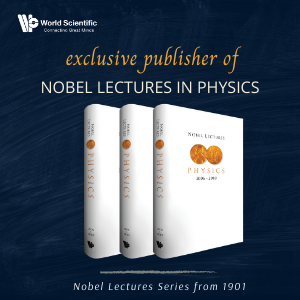System Upgrade on Tue, May 28th, 2024 at 2am (EDT)
Existing users will be able to log into the site and access content. However, E-commerce and registration of new users may not be available for up to 12 hours.For online purchase, please visit us again. Contact us at customercare@wspc.com for any enquiries.
This book teaches you all necessary (problem-independent) tools and techniques needed to implement and perform sophisticated scientific numerical simulations. Thus, it is suited for undergraduate and graduate students who want to become experts in computer simulations in Physics, Chemistry, Biology, Engineering, Computer Science and other fields.
Sample Chapter(s)
Chapter 1: Programming in C (562 KB)
Contents:
- Programming in C, basics of C++, Python, make, shell scripts
- Software engineering, computational provenance, version management
- Debugging: gdb, memory checking, profiling
- Standard algorithms: iteration, recursion, divide-and-conquer, dynamic programing, backtracking
- Advanced data structures: lists, trees, heaps, graphs
- Libraries: standard C library, STL, GSL, self-written libraries
- Randomness: probability, discrete and continuous random variables, pseudo random numbers, inversion method, rejection method
- Data analysis: estimators, confidence intervals, histograms, resampling, plotting, Chi-squared test, Kolmogorov-Smirnov test, ROC analysis, principal component analysis, data clustering, maximum likelihood, fitting
- Presentation and publishing: gnuplot, xfig, Povray, LATEX
Readership: Advanced undergraduate and graduate students in biology, chemistry, computer science, engineering or physics. Also experienced researchers in these fields who start with computer simulations.


























